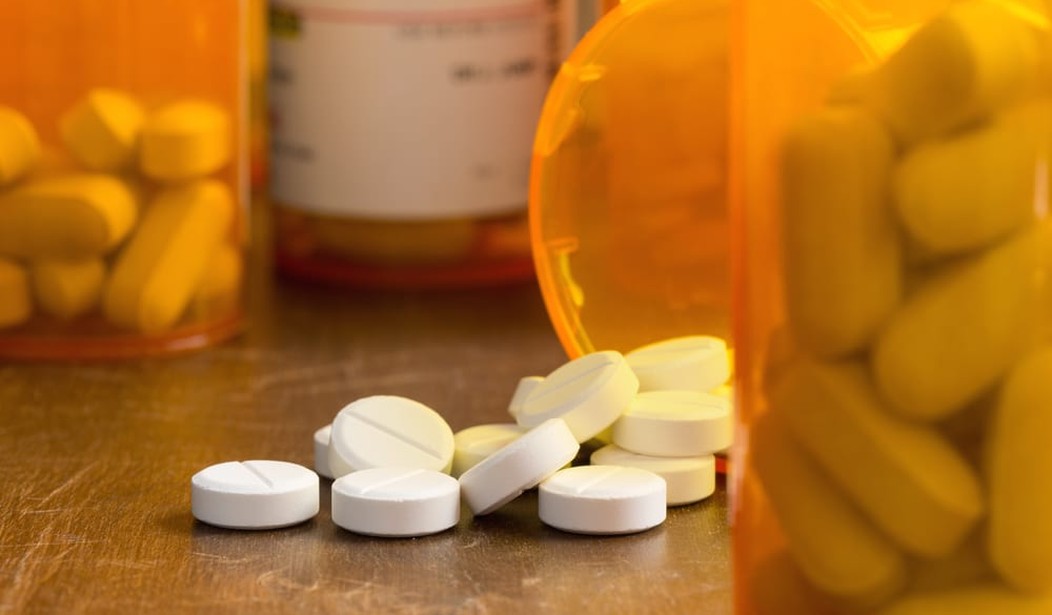There seems to be a pill for just about every ailment these days, with many drugs having addictive properties. The use of opioids is on the rise and more and more children are being poisoned by them.
A recent study by the Journal of the American Medical Association found that the rate at which children were being hospitalized for opioid poisoning increased 165 percent between 1997 to 2012. The rate increased from 1.40 per 100,000 kids to 3.71 per 100,000, and over a six-year period for which mortality information was available, 176 children died.
The number of toddlers that were hospitalized more than doubled. The rate went from 0.86 per 100,000 to 2.62 per 100,000 with accidental overdoses most likely being the result of children thinking the drugs were candy. The drug comes in the form of a patch, pill, and even a lollipop that may be enticing to children.
Of all of the age groups touched by this problem, teens are the most likely to be hospitalized, mainly because they are at a higher risk for suicide and depression. In 2012, 10.17 per 100,000 teenagers were hospitalized for opioid poisoning.
JAMA Pediatrics published the study that examined over 13,000 hospital discharge records from the years 1992 to 2012 that involved opioid poisoning. Census records were used to estimate the rates. The data ends in 2012, but it remains on track with the rates of drug abuse in adults, which remain high despite a drop since 2012.
Julie Gaither, a postdoctoral fellow at Yale School of Public Health and the study’s lead author said, “Opioids are ubiquitous now. Enough opioids are prescribed every year to put a bottle of painkillers in every household. They’re everywhere, and kids are getting into them.”
Gaither says these findings demonstrate need to address issues such as over-prescribing and safe ways to store the drugs at home. Doctors need to talk to their patients about safe storage around young children.
The results of the study would also suggest that doctors need to take care in over-prescribing and consider who they prescribe the drug to. Roughly one in ten high school students have reported taking an opioid for a non-medical reason and almost 40 percent say they were prescribed the drug.
The Centers for Disease Control and Prevention has been advocating for doctors to prescribe a smaller number of pills to reduce the number of leftover pills and help reduce the risk of dependency.
Gaither says that children—and their risks—need to be part of the discussion. “We’ve got to pay attention to children and the toll the opioid crisis is taking on them. Kids make up about a fourth of the U.S. population, and they’re suffering from this crisis, too.”
Would you ever allow your child to be prescribed an opioid? Leave me a comment and let me know what you think?









Join the conversation as a VIP Member